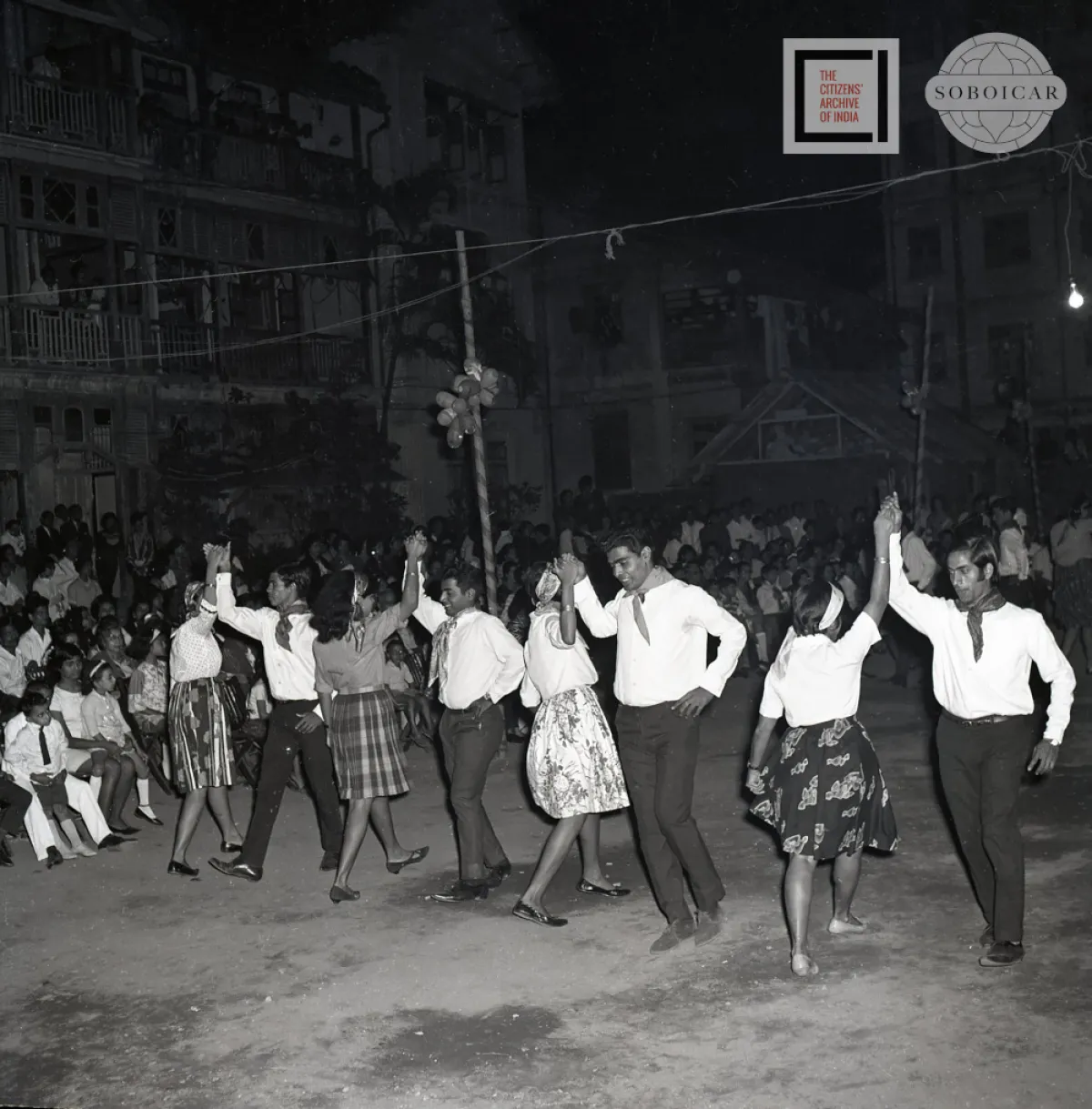In search of the lost time
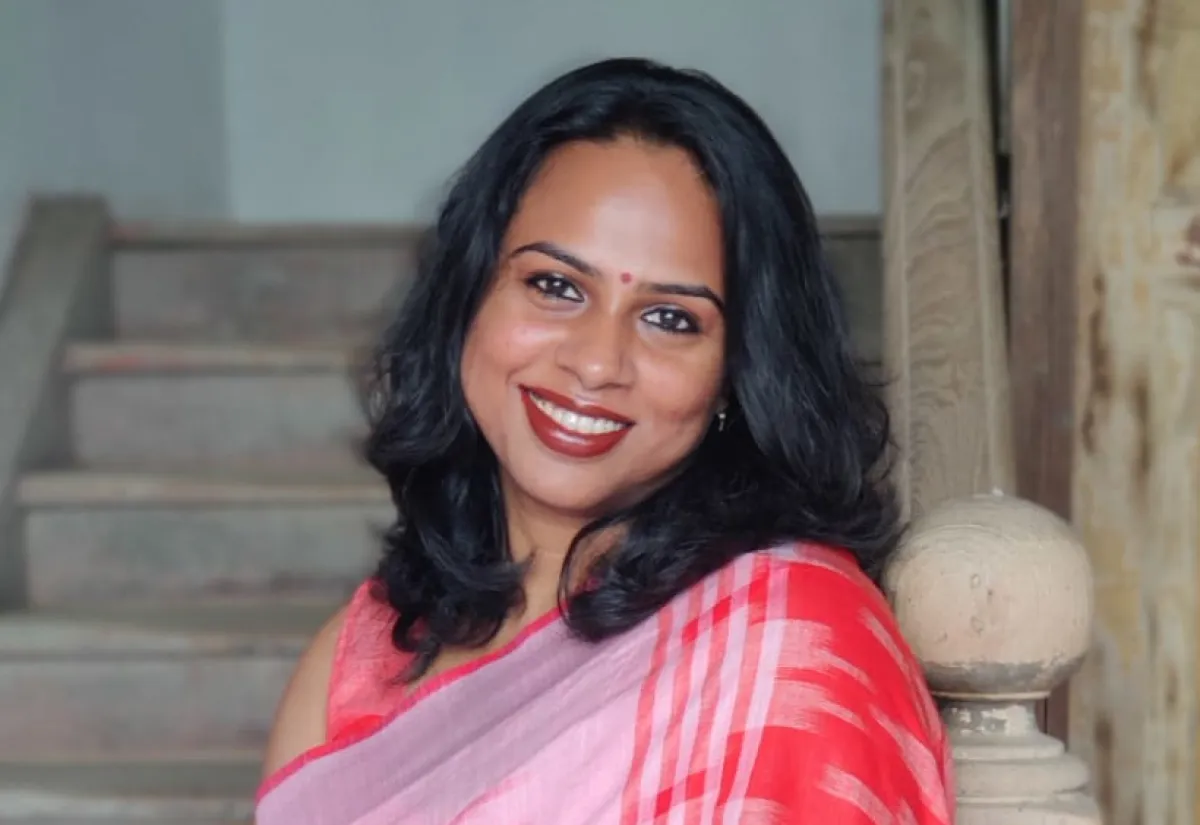
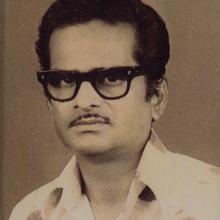
My late paternal grandfather, Stephen Borges, arrived in the port city of Mumbai, then called Bombay, in the early 1940s. At the time, the freedom struggle in India had reached a crescendo. And the British, who’d colonised the subcontinent piece by piece for over a century, had already begun numbering their days here. Stephen had had a brief stint in the army, according to the elders in my family, details of which are vague and unclear, because he spoke little of it to anyone during his lifetime. The only photograph of him in uniform has long gone missing.
Jane Borges is a Mumbai-based journalist, author and memory keeper. In 2022, she won the RedInk Journalism Award. Her debut novel, Bombay Balchão (2019), was shortlisted for the Sahitya Akademi Yuva Puruskar and Atta Galatta Bangalore Literature Festival Book Prize.
What we surely know is that Stephen left his village Sadashivgad in the seaside town of Karwar, in the Konkan region of North Canara, and travelled hundreds of kilometres, to arrive in Bombay to become a tailor. It was a skill that some Catholic men from Goa (then under the Portuguese) and other parts of the Konkan (on the western coast of India) had expertise in. Stephen didn’t deviate from this script. He was a hopeful migrant.
Bombay was tough, hard on any newcomer, but already ahead of the curve. Well connected by trams and the railways, dotted by Neo-Gothic and Indo-Saracenic architectural structures with Art Deco buildings hugging its plush coastline, its residents were putting back the fortunes from the cotton trade boom and other miscellaneous businesses into building a top-class city.
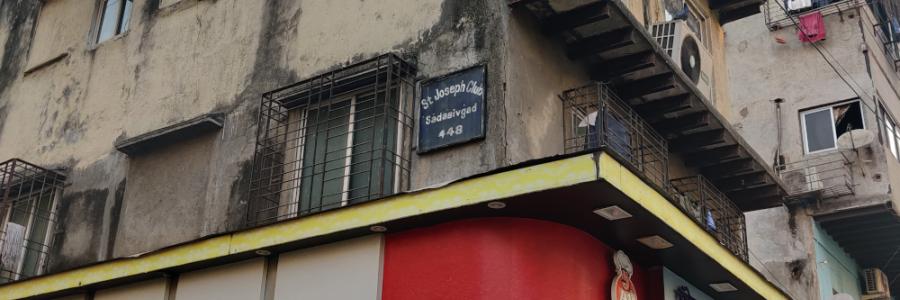
My grandfather’s beginnings here were humble. His first residence in Bombay was St Joseph’s Club, run by members of his village, and situated in a busy market near the neighbourhood of Cavel. There were many such clubs across the city, especially in neighbourhoods with Catholic migrants from Goa. The club, locally known as a kudd or coor, served as a dormitory providing temporary housing at dirt cheap rents for bachelors. Stephen made new friends here, burying the life he left behind in his village.
Over 50 years later, my father, Johnny Borges, bought a house in a building right across the street from where his father had first moved. The fate of my grandfather and that of his son, in some strange and serendipitous way, intersected and entwined in the same neighbourhood. And to think of it, none of this would have been possible if Stephen hadn’t migrated.
I’ve often wondered what life would have been like for my grandfather had he not chosen to come to the city of Bombay. And the more I think about it, the more I realise that there was nothing keeping him from staying back in his village. He had to leave, he had to travel, he had to make it to this big, unfathomable city. He was after all following in the path of so many before him, who had harboured dreams of a new life.
But what people like Stephen Borges also did with their arrival in Bombay is influence and inform the neighbourhoods that they came to inhabit. In the late 19th and early 20th centuries, Catholics from Goa, Karwar and present-day Mangalore flocked into the city by the dozen. They moved into areas that already had churches built by the Portuguese and native Christians, or constructed new ones. Around these churches, they settled into community life; their culture, language (Konkani), foods, dress, traditions and customs assimilated with old Bombay to create a more vibrant Bombay.
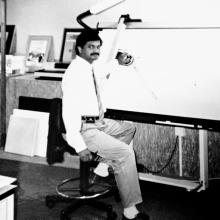
Then, sometime in the 1970s and 1980s, these areas came to be afflicted by another wave of migration. The Catholics who’d lived here for a century and more, started leaving in droves for the same reasons that first brought them to the city — better opportunities and newer ways of being. The Gulf, the UK, the US, Canada, and Australia became places that were sought after.
My grandfather Stephen too, moved to Muscat in Oman in the early 1970s, to start a curtains business. My father Johnny joined him a decade later, and got a job with a furnishings company as an interior designer. While my grandfather came back to Bombay in the 1980s and died in 1991, my father continued working there. He took my mother Sandra and I, to Muscat, and we lived there for 16 years, before my family (my brothers were born in the Gulf) returned to the recently-renamed Mumbai in 2003, settling in Cavel, where my parents had bought a home.
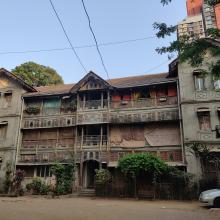
By then Cavel had suffered the fate of many other such neighbourhoods. Once predominantly Catholic, it had now been overrun by other communities. The only remnant of its past was the over 250-year-old church and the name of the area itself, which as legend goes was said to be a corruption of the word Chapel. Over the next 15 years, I personally witnessed the population of Catholics dwindle very quickly, with not enough people to fill up the church or even the large homes.
It got me curious about Cavel, its history and the people who shaped it. I also felt a deep sense of urgency to preserve its story. Not just for the sake of nostalgia, but also for the sake of the history of families like mine, that had made it our home.
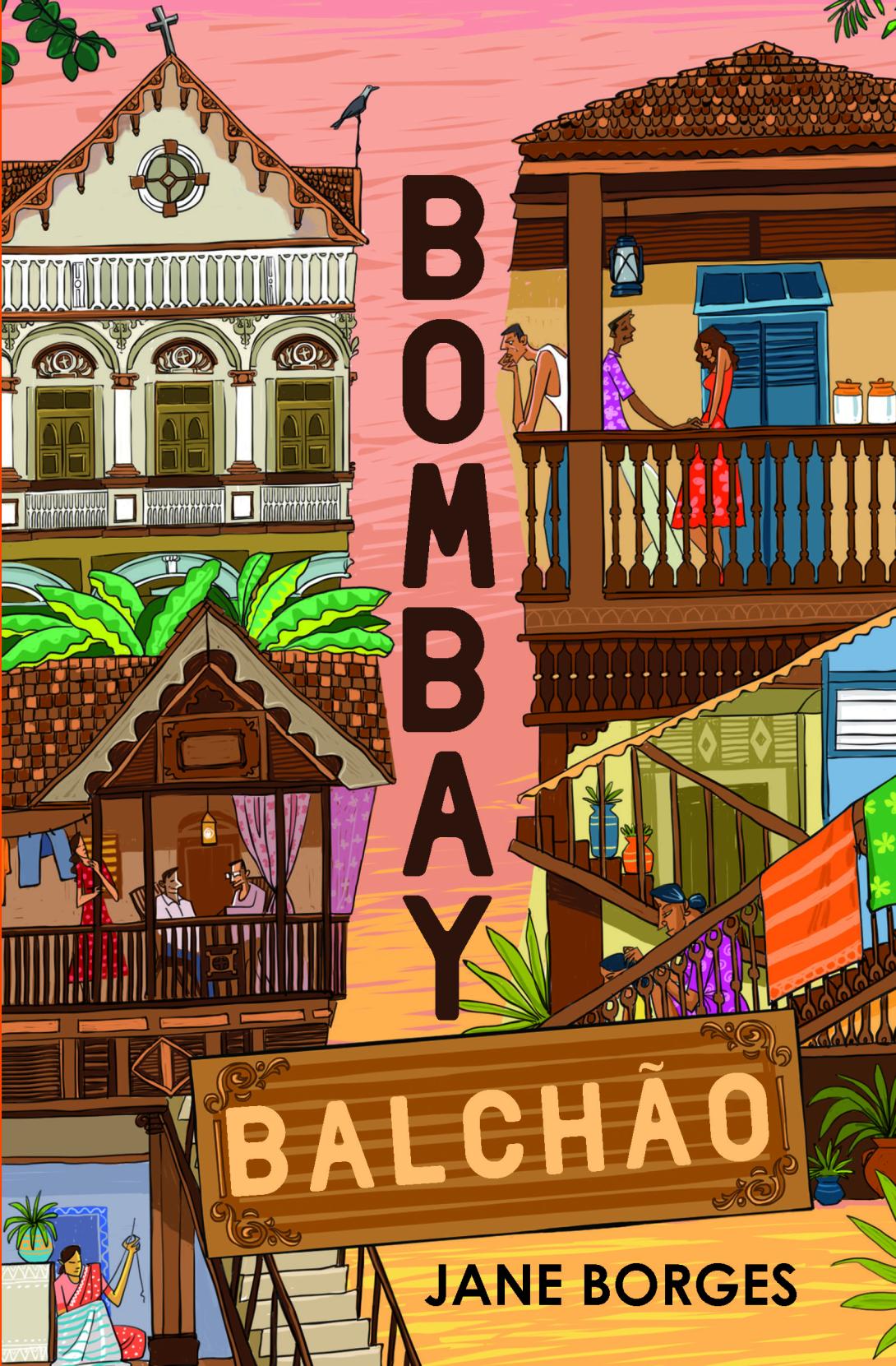 Tranquebar
TranquebarJane Borges | Bombay Balchão | Tranquebar | 226 pages | 12,95 USD
My debut novel, Bombay Balchão, which was set in a fictional Goan Catholic locality, also called Cavel, was a result of this exploration. The attention it received among readers in India compelled me to do something more definitive and rigorous. I wanted to explore the migration story of Catholics from the Konkan. From the outset, I knew it was a niche subject, but it was very much part of the legacy of this city, and it deserved a dekko.
That’s how Soboicar was born. The one-of-its-kind oral-visual memory archive project alludes to Bomoicar—the Konkani name given to the Bombay Goans—and documents the life stories of people residing in the once vibrant Catholic pockets of South Mumbai through extensive video interviews and archiving of material memory, particularly photographs. We restricted the scope of the work geographically to the south and central parts of the city, because this is where most of the migrants initially settled.
I found a collaborator in artist-writer-facilitator Sheena Maria Piedade, whose grandmother was a teacher at a school in Cavel. Three generations of her grandmother’s family had lived in nearby Dabul, another Goan neighbourhood, which was on the verge of extinction. She’d been working with family photos for many years, and actively contributing to existing archival projects. Sheena had been trying to situate many of the photographs of her family from Bombay within a larger archive in some way, and our chance interaction after she’d read my novel, led us to consider giving the project a serious thought.
Malvika Bhatia, who was already leading an oral history archive The Citizens’ Archive of India (CAI), shared our excitement. Today, Soboicar is being done under the mentorship and partnership of CAI.
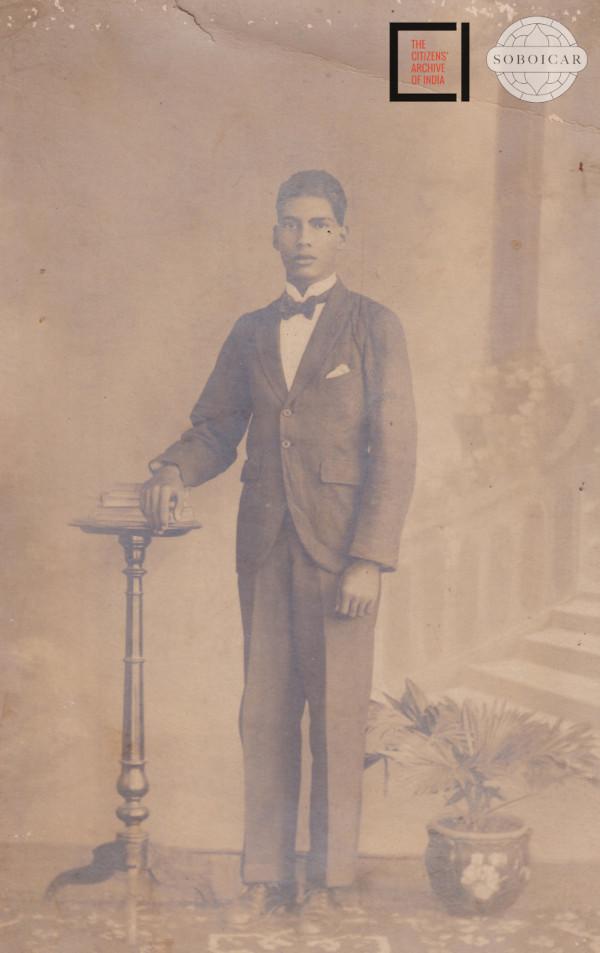
It’s been just over two years since Soboicar began, and while we are still at a nascent stage, we have close to 30 hours of interviews, with 13 people with connections to South Mumbai, and who share a great love and longing for the neighbourhoods they called home.
In December last year, Soboicar also debuted at the Serendipity Arts Festival in Panjim, Goa, featuring in the Goa Familia: Let the Sound Linger exhibition on Goan music. Through photographs and videos, we revisited many fascinating stories at the show. Albert D’Souza shared the story of his late father, cellist Joseph Simplicio D’Souza, who moved to Bombay to pursue a career in music in the 1930s. Joseph played for the All India Radio, the Bombay Chamber Orchestra and arranged music for Hindi film music composer duo Shankar-Jaikishan.
A personal favourite were the photographs shared by Alwyn D’Sylva and his sister Vivienne Gaudet, a former resident of Cavel, who now reside in Canada. Back in the 1950s and ’60s, the residents of Cavel would bring in Boxing Day and the New Year with a bonfire inside the school compound, which was called Pope’s Town. There was another gated compound called Bishop’s Town, where similar festivities took place. The annual event drew visitors from other Christian communities around the city. None of that happens in the Cavel where I live now. Christmas festivities have become quiet, and even quieter with time.
In the below transcript, excerpted from Soboicar’s online video interview with the brother-sister duo, they discuss how their neighbourhood came to be called Pope’s Town, and what it was like to live in Cavel.
Interviewer: Would you know the genesis of the names Pope's Town and Bishop's Town? How did the two compounds get the names?
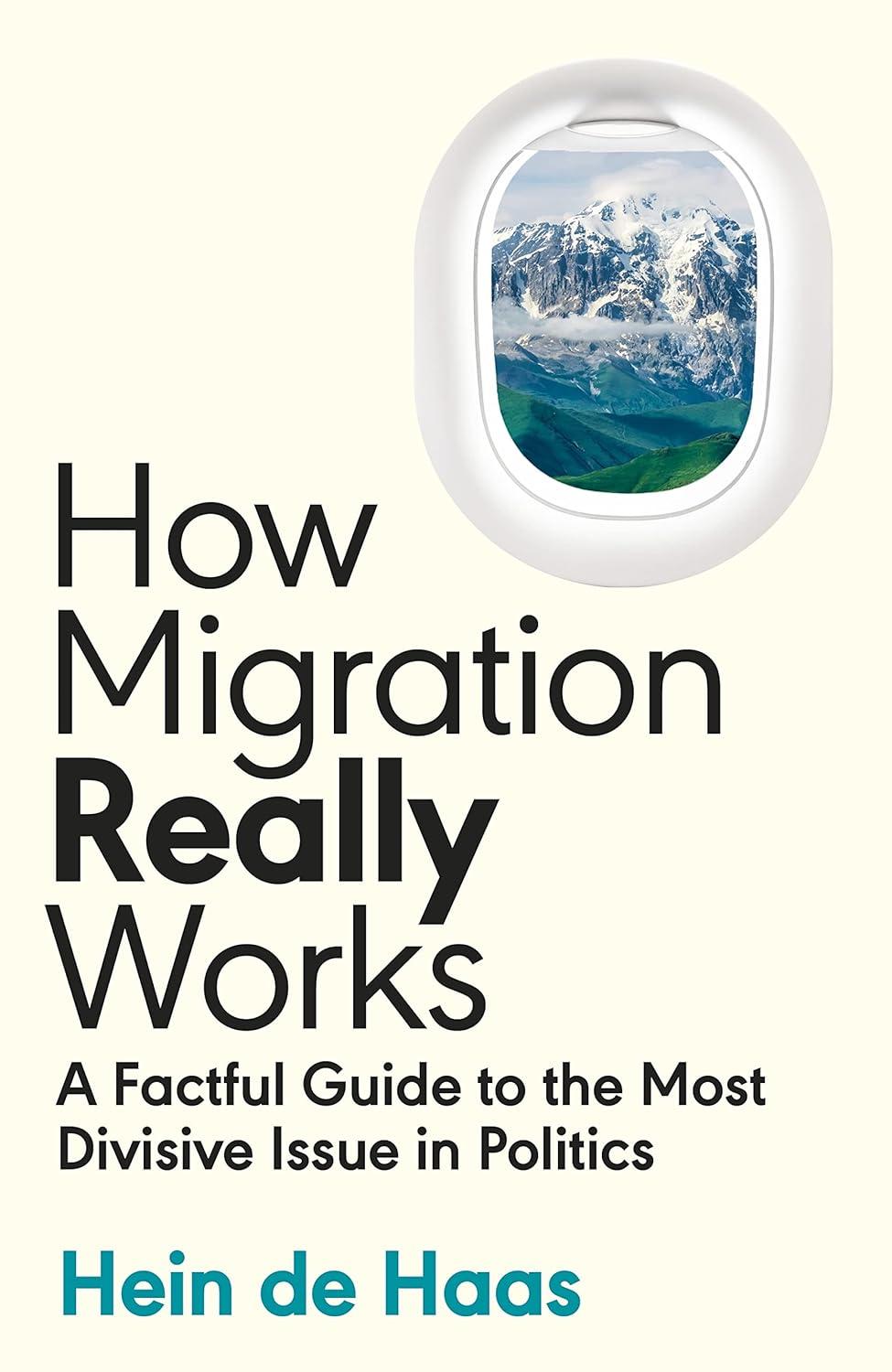 Penguin
PenguinHein de Haas | How Migration Really works - A Factful Guide to the Most Divisive Issue in Politics | Viking | 464 pages | 20,67 EUR
Alwyn D’Sylva: Bishop’s Town was there. We just added Pope because there was this Bishop's Town. I don't know how that came into being. But since they had their Bishop's Town, somebody said, “We will call our compound Pope's Town.”
Vivienne Gaudet: Well, I guess because it was the Pius X Mansion, Pope Pius X. I guess that's how they started calling us Pope's Town. But it was just made for fun, it was just made up.
Interviewer: But that name seems to have stuck to these neighbourhoods now.
Vivienne Gaudet: Well, I don't know. I think it's only between the residents of the compound. For me too, personally, it was heavenly living in that secluded Cavel compound. And of course, it was away from the noise and the traffic outside, and it was relaxing, but also invigorating. When we were younger, there were three huge trees. There was one at the entrance, one was in between our two buildings – Pius Mansion and De Monte Building, and the other one was near Misquitta House. Now, it rendered the whole compound so cosy and comfortable. Now, if I remember right, two of those trees flowered in May. They had those white flowers. We used to call them May flowers. I don't know what the real name of those flowers were, but we used to call them May flowers. When the flowers dropped to the earth/ground, it was like a big white carpet. It was really beautiful. Loved it! And we little girls went with our little baskets to gather those little flowers and then made all kinds of designs with them, either at home or in the compound. But we were very close-knit and dynamic, all of us in the buildings. Although we had different levels of rich and poor, I guess, we were all close-knit and dynamic.
Interviewer: You mentioned that your grandfather was the architect of this building, 183 Pius X Mansion. Would you remember when this building came up? Any vague idea?
Vivienne Gaudet: It may have been in the early 1900s or the late 1800s. Not sure when.
Alwyn D’Sylva: All I know is that De Monte Building was there before Pius Mansion. It was built (before), because I think our dad lived in De Monte Building before. There are a few pictures. When it was built, I guess they moved.
(Text courtesy: Soboicar in partnership with The Citizens’ Archive of India)
So many such interesting details and vignettes help paint a vivid portrait of people, their neighbourhoods, and the lives they lived.
My hope is that before we lose all of this, we should learn how to remember and celebrate the stories of our past, of the early migrants, and how they transformed these built spaces as they settled into the humdrum of life. Many of us inherited the city of Mumbai through our parents and grandparents—with Soboicar I hope to preserve this inheritance.




